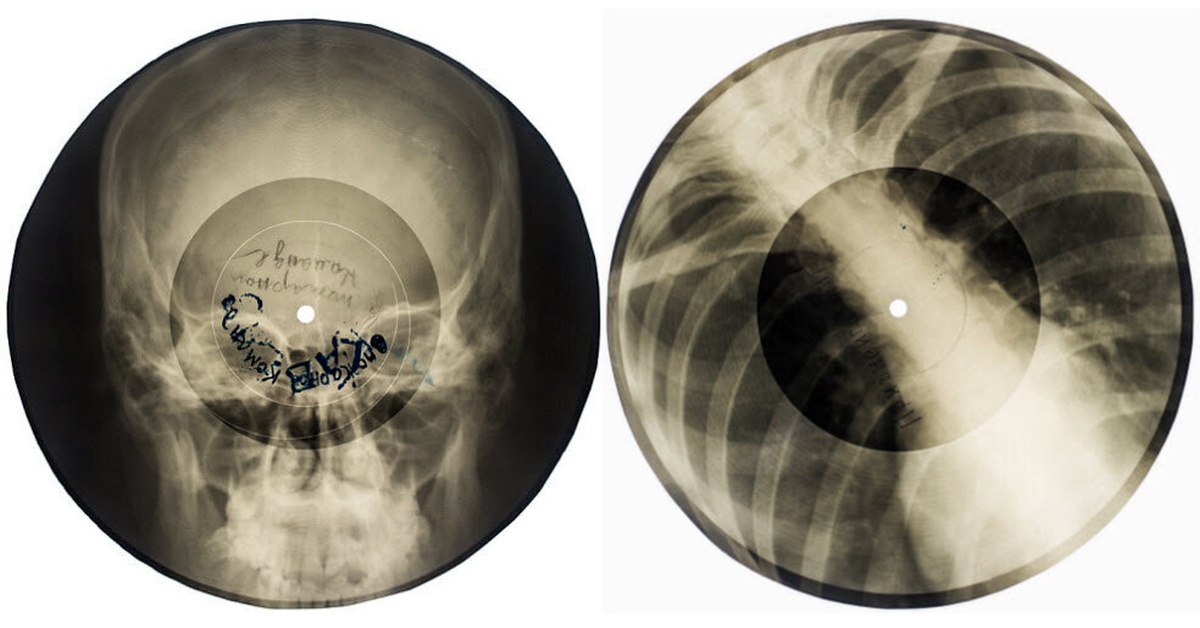New musical influences music may have been changing the world in the 1950s, but if you happened to live in the Soviet Union, that certainly didn’t apply to you. Luckily, not everybody accepted that reality.

In post-WWII USSR, state censorship was in full effect and Stalin banned the possession of any music coming from the West. Not only from the West, in fact, as all records allowed in the country had to come from Soviet composers. But of course, there was an underground hungry for Western popular music – everything from jazz and blues to rock & roll. Smuggling vinyl was very dangerous, however, and acquiring the scarce material to make copies of those records that did make it into the country was expensive and very risky, if not impossible.
Nevertheless, a bunch of enthusiastic music fans managed to find another way. They came up with an original solution that later came to be known by the name “bone music” (roentgenizdat), or sometimes called “music on ribs”, “jazz on bones”, or simply “ribs” – improvised gramophone recordings made on X-ray films.

The idea came from a 19 year-old Leningrad sound engineer called Ruslan Bogoslowski who created a device to bootleg western albums so he could distribute them across the Soviet Union. Previously, he and his friend – two music lovers who later created an underground music market under the name “The Golden Dog Gang” – were fortunate enough to meet a Polish man who had managed to illegally enter the country with a machine that could make audio records. After using this man’s machine to copy some music, they managed to build their own recording machine.
The device worked, but they couldn’t find material to bootleg his pressings onto. Vinyl, as well as all petroleum products, were in short supply after the war, so they had to come up with something else.

Then, one day Bogoslowski stumbled upon a pile of discarded X-rays and an idea rushed into his mind. He tested the material for his bootlegs and surprise – it worked! According to the law in effect at the the time, all X-rays had to be destroyed after 1 year of storage because of their flammability. So he dug through trash bins and bribed hospital workers for X-rays and for 20 years he handmade about 1,000,000 bootlegs onto X-ray film of everything from classical music to the Chuck Berry. He eventually spent five years imprisoned in Siberia for this rebellion.
Nevertheless, for over 20 years bone music was the only way music lovers in the USSR could get their hands on Western music, which they played at “music and coffee parties” in their kitchens, away from the KGB ears and eyes.

Music and X-rays… pleasure and pain… The dichotomy just makes the term “bone music” even more apt. It’s a testament to the underground courage to subvert authority, rebellion, and the love of music.
The spirit of rock’n’roll.
Sources: 1, 2, 3
